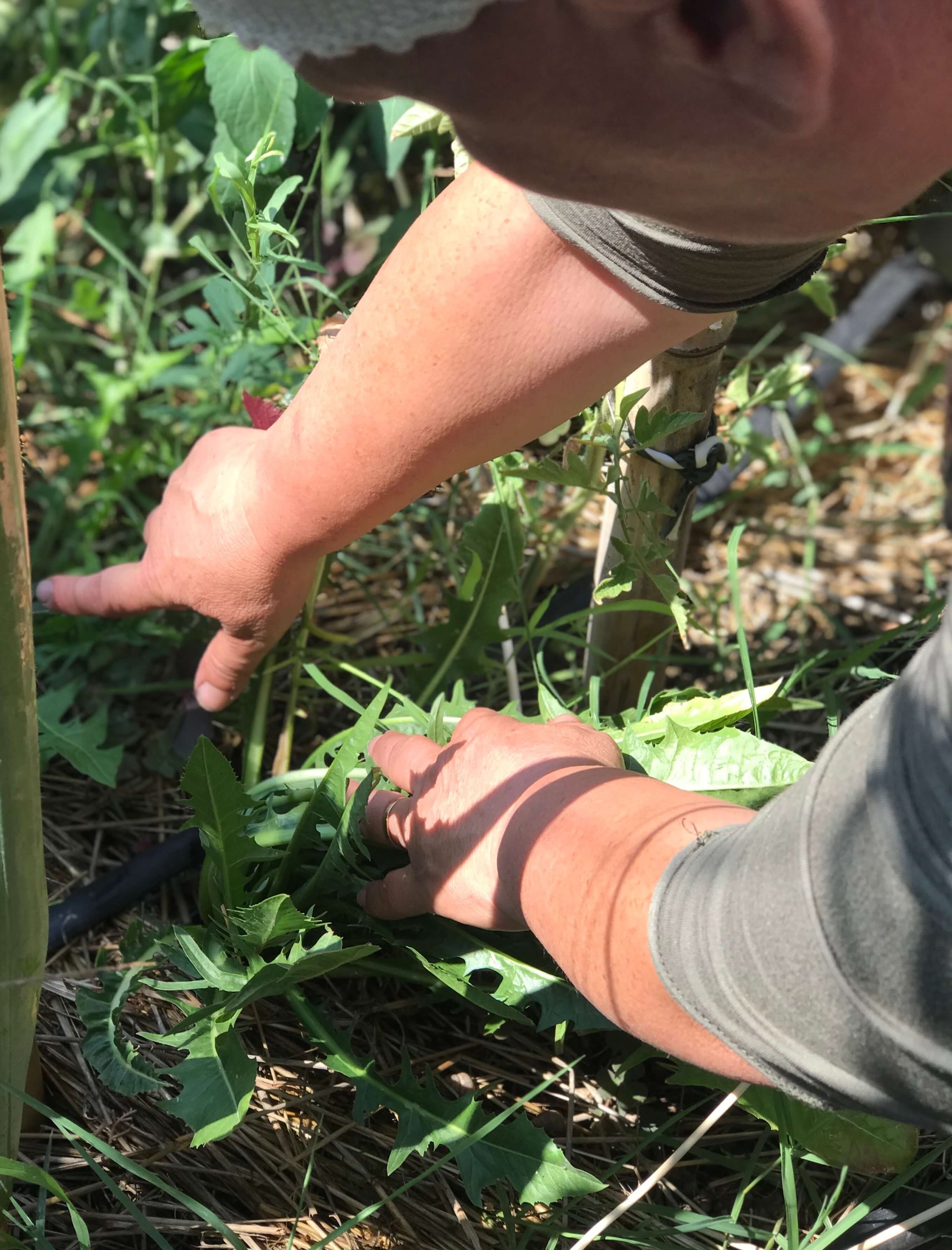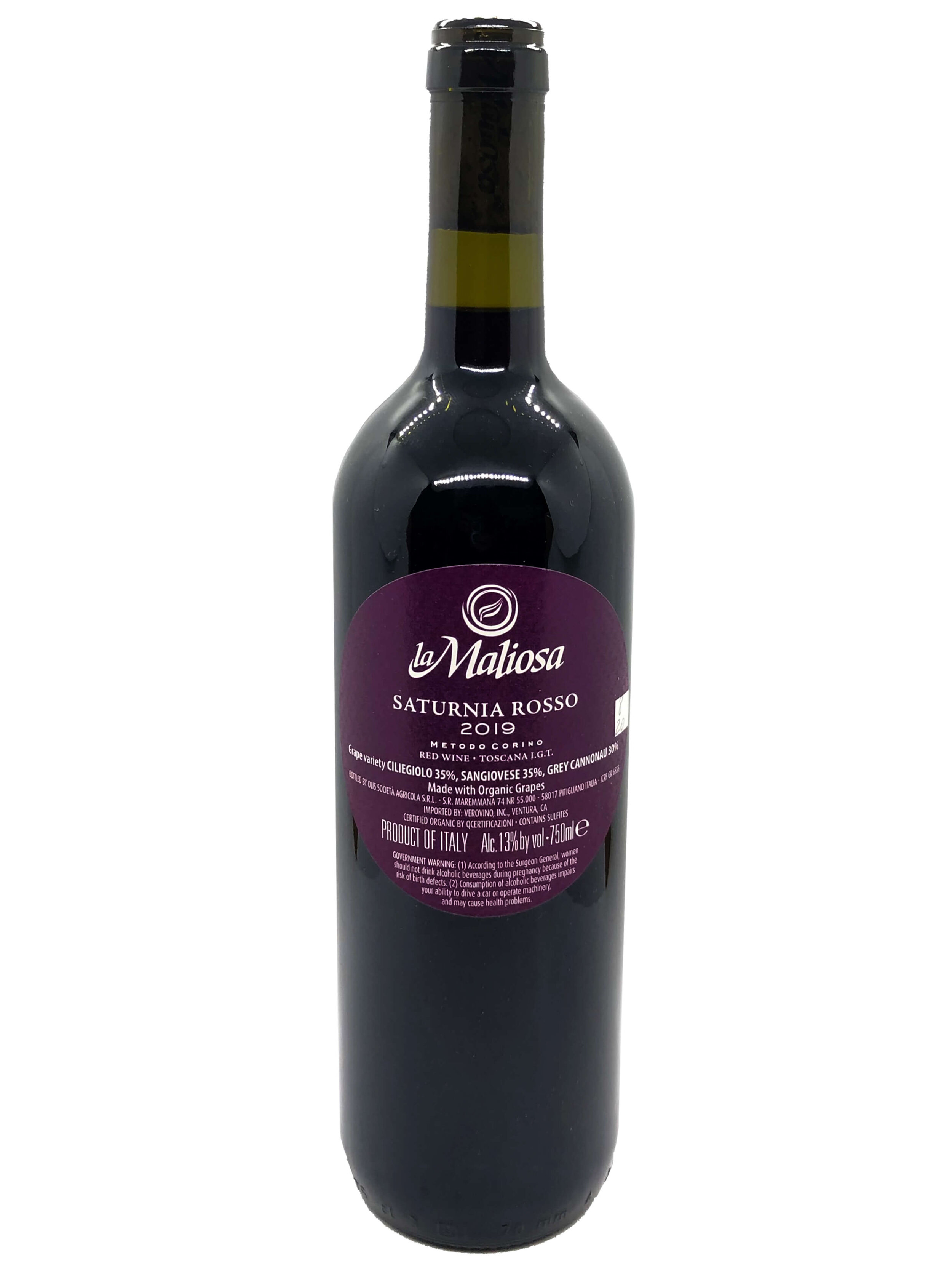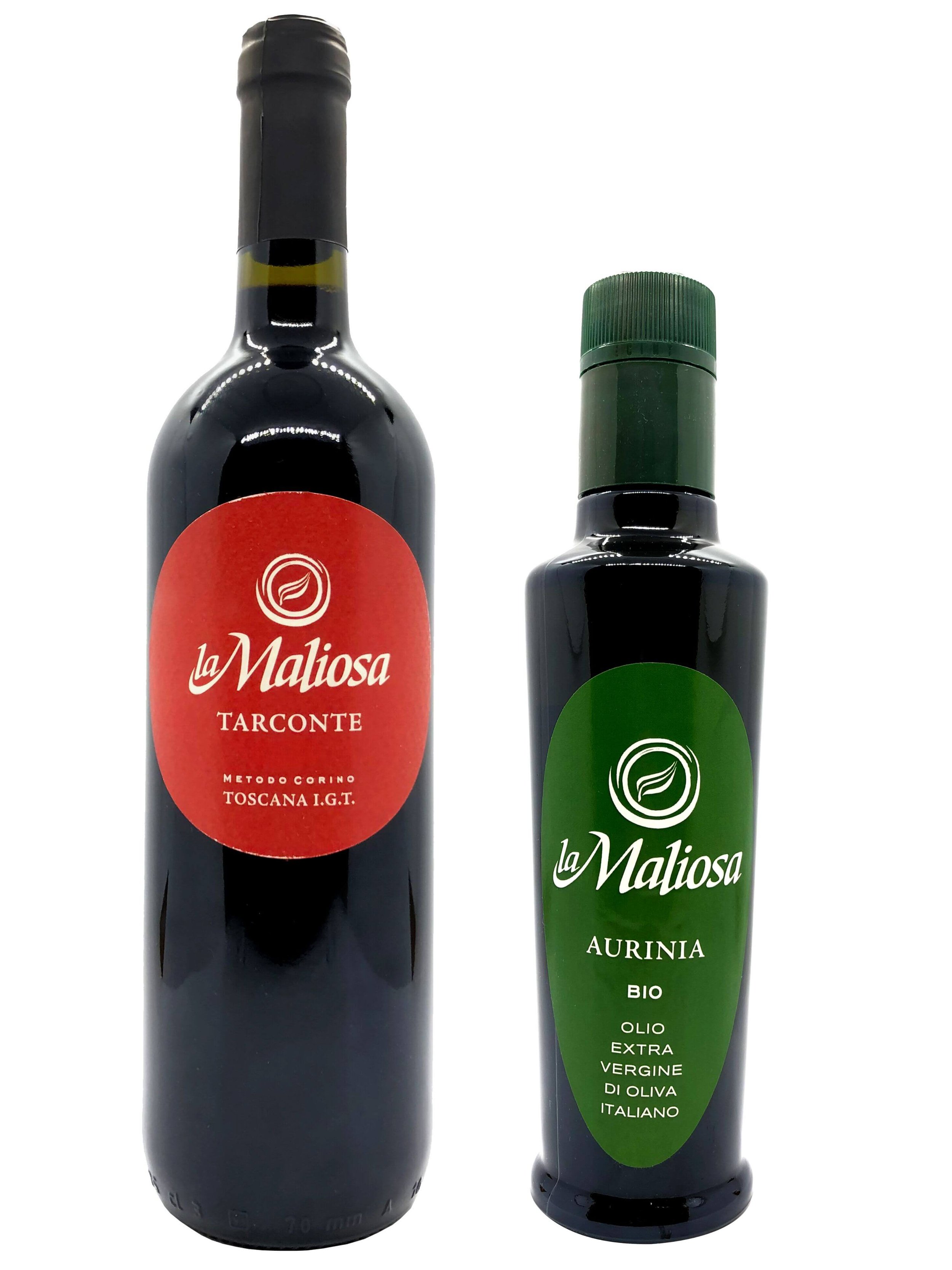Foraging for Nature's Wild Treasures
Beatrice Calia setting off to forage around her home.
With spring just upon us, outdoors will soon be bursting with plants and flowers all around us, from under our feet when we walk, to lively colors of flowers and green all around, to whiffs of the scents of nature in the air.
With it also being Women’s History Month, we are inspired to write about Beatrice Calia, an Italian author, lecturer, and consultant of Mediterranean wild food plants, chef and environmental hiking guide. Her passionate interest in plants started with her first career as a chef, where she was one of the first to teach vegetarian cooking in Italy. From there, she took it upon herself to learn about wild plants that she found around her home in Emilia Romagna, in central north Italy. She garnered the branded name L’Erbana after she documented and published her findings of wild local plants and what you could do with them, followed by books and speaking engagements. What inspired Beatrice to pursue the discovery of wild plants and what you can do with them? Let’s dig into her story and this niche she carved out for herself.
Visiting Beatrice
When Vero founder, Sheila Donohue, met Beatrice at a lunch with the Italian Women in Wine Association, Donne del Vino, she was captured by what Beatrice does, which is to put into practice her research and extensive knowledge of wild plants, in particular the ones she finds around her home in the hills surrounding Bologna, Italy. When Sheila was working from her home in Bologna in the dreadful heat last summer, she reached out to Beatrice to visit her and get to know her area of expertise while getting some fresh air and a change of scenery.
The ancient Comacine stone over the front of Beatrice’s home.
Beatrice’s home is in Val di Zena, a beautiful landscape with a mix of low lying mountains & farmland, in the village of Monte delle Formiche, meaning ant mountain. (Fun fact: it gets its name from an annual ritual in the beginning of September where flying ants gather to mate.) Val di Zena was an ancient seabed, evidenced by a local farmer finding remains of a 30 foot whale on his property which dates back to over 2 million years ago.
When Beatrice began her tour with Sheila of nature and plants around her house, she started with some history, showing the ancient Comacine stone over the front of her building which was a symbol of a special place, put there by Matilde of Canossa herself…. You remember the story of this badass woman Italian ruler from the Medieval times, right?… They say that she was one of the most powerful and influential people to have lived during the Middle Ages. In fact, Beatrice mentioned Matilde di Canossa several times during Sheila’s visit, emphasizing how she stood out among other rulers of her day since she went out of her way to empower the common people, which most medieval rulers avoided.
One reason why this place was special is because it was a monastery; in fact, the area is known to have had pilgrims passing through, visiting the many old monasteries which dot the landscape of the Bolognese Hills. The monastery where Beatrice is had nuns who specialized in foraging wild plants for food, with a specialty in curing illnesses, using both plant and sun therapy, as Beatrice’s property is in an exposed bright spot. Hence, a testament to the diversity and gifts of nature surrounding Beatrice’s home.
Phytoalimurgia - Say What?
On a forage with Beatrice.
Beatrice, on her Facebook page, uses the word Phytoalimurgia to describe her area of expertise. The term was devised by the Italian doctor Giovanni Targioni Tozzetti in 1767 when he was hired by the Grand Duchy of Tuscany to find ways to combat famine using wild plants in bread making. Foraging was not something new at the time, since it is part of our DNA as humans with our hunter-gatherer roots. Yet he is credited for coming up with the term in Italian Fitoalimurgia to describe Beatrice’s profession.
Phytoalimurgia comes from a combination of these Ancient Greek words:
phytón = plant
alimos + ergon = works towards removing hunger.
So when Beatrice’s ambitions as a vegetarian chef were growing, she became more and more interested in wild food plants. Across the span of 1 year she took it upon herself to learn 1 new plant a day, documenting her findings as she went along. To visit her and see her in action, you can understand and appreciate the deep and expansive knowledge she has about wild plants. She would definitely be a millionaire if she were on a ‘Who Wants to Be a Millionaire’ show about plants.
L’Erbana
From tiglio, or linden, whose flowers you can eat and whose leaves are used as an herbal tea that can help you go to sleep, to nigella, whose seeds look like poppy seeds but taste like strawberries, to tasso barbasso, seemlingly translated to Great Mullein, which was used as toilet paper… and also to help a man’s virility. Listening to Beatrice is like getting an inside look at a foragers guide to wild food!
So, you can see, the knowledge she has gained is quite useful and is as sustainable and farm-to-table as can be, while relying on wild plants within walking distance to her home. And, who knows, maybe one of these wild plants will become the next superfood?!
View from Beatrice’s garden.
When asked how can you know if a plant is poisonous to touch or ingest, Beatrice’s advice is to use common sense. If the plant does not look healthy or does not look attractive to eat or touch, stay away from it. When man relied on foraging to survive in years past, they would listen to their head and gut before touching and using. Of course, the more knowledge you have the better.
Beatrice’s general approach to her craft, livelihood and general philosophy is holistic and based on biodynamic principles. She believes in all life being interconnected in an ecosystem. In fact, foraging with Beatrice during the drought in Italy this past summer, you could see with your own eyes how the wild plants were fighting for survival, even wild flowers that insisted on showing their beautiful colors in such difficult conditions; there was such fierce competition for survival between insects and plants, with natural resources at a minimum due to the lack of rain. Beatrice believes that plants speak to you, and all living beings for that matter, including animals, and our job is to listen and communicate with them. She admits to welcoming all of nature into her garden… except for the stink bugs which were desperate in last summer’s drought and ate up a lot of her tomatoes.
Keep Learning about Wild Food, and Wine Too
As we were sharing the philosophy and passion that drives Beatrice, we were reminded by another woman who also is committed to a healthy ecosystem allowing plants to go about their natural grow untouched by modern technology and chemicals, which is Antonella Manuli, founder and owner of La Maliosa Farm and Winery in Maremma Tuscany. Antonella along with Lorenzo Corino developed the ‘Metodo Corino’, a patented set of procedures for making natural wine based on regenerative agriculture principles. Her natural wines have aromas and taste that take you to the vineyard and natural habit where her organic and biodynamic vineyards at her wild winery Tuscany. She makes award winning, top organic extra virgin olive oil too.
We learned so much visiting Beatrice that we will be publishing more articles about the wild plants we discovered with her and how to use them in wholesome food dishes. Be sure to subscribe to our newsletter to keep on top of the interesting, fun and delicious things we have to share.












